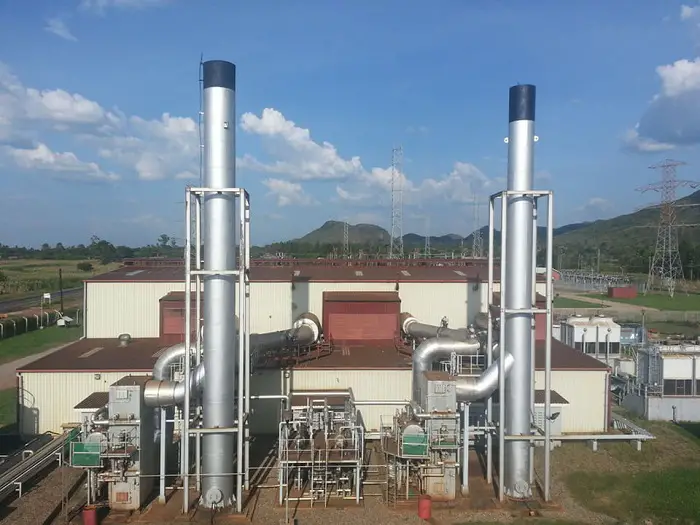The Ugandan government is set to pay US $15m for maintenance of two thermal plants: Electromaxx and Jacobsen this year.
The US $15m also includes fees for fixed cost operations and debt repayments due to the operators of the two plants. The two plants, which are currently not generating power, are a backup plan in case of emergencies such as low power generation during droughts.
As of February 2018, the government had a debt of US $13m excluding arrears to Jacobsen Uganda which was acquired under a Build Operate and Transfer (BOT) arrangement. The BOT means that as of August 2020, when full payment for the plant is due, the government will have full ownership of the thermal plant.
Speaking during a briefing about the state of the energy sector, Ms Ziria Tibalwa Electricity Regulatory Authority chief executive officer, said the thermal plants are a precautionary measure to mitigate unforeseeable risks such as drought.
Need for thermal plants
Explaining the need for the thermal plants, Ms Tibalwa said a number of experiences such as the 2005 drought, which forced Uganda into a power crisis by cutting generation capacity by more than half was a serious lesson thus there is need for long term and short term planning.
The drought forced the government to procure electricity from private thermal plants operators, which according to Ms Tibalwa, was a wake-up call.
Capacity had been cut as result of an unforeseen drought which cut water levels thus limiting capacity to general hydro power.
“We are not dispatching thermal for purposes of domestic distribution and use. The two thermal plants are allowed to warm those engines for purposes of ensuring the equipment does not technically degenerate,”she said.

